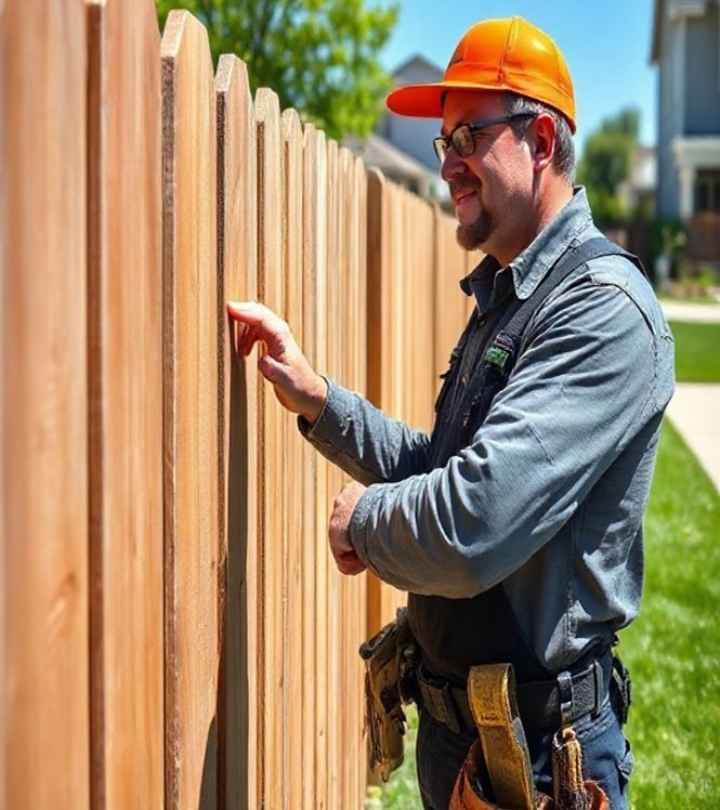RF Microneedling: Rebuilding Your Skin from the Inside Out
November 8th, 2022 by Catherine Marqueses
Wrinkles, sagging skin, and other signs of aging are typically not well received, and most people go to great lengths to smooth their skin. Radiofrequency microneedling treatments are one way to treat these signs of aging. Patients prefer radiofrequency microneedling because it does not involve surgical incisions.
But what is RF microneedling, and how does it work?
Table of Contents
What Is RF Microneedling?
Radiofrequency microneedling is a minimally invasive cosmetic procedure that uses tiny needles to deliver high-intensity radiofrequency waves that give a uniform warming effect to the deep tissues. The radiofrequency energy stimulates the skin to generate new collagen fibers, improving skin quality and texture.
Radiofrequency Microneedling vs. Other RF Treatments
Most RF treatments deliver energy to the skin’s surface, while RF microneedling delivers the energy below the skin through the needles for maximum effect.
How Does Radiofrequency Microneedling Work?
RF microneedling creates small micro-wounds in the skin to give access to the deeper parts of the skin where the radiofrequency energy is deposited. The damage to the skin triggers the production of capillaries, elastin, and collagen to achieve desired results.
This cosmetic procedure is also called skin needling or collagen induction therapy. Some people choose to get the needling part done without using radiofrequency waves, resulting in the generation of collagen, elastin, and new capillaries; however, these results do not reach the desired scale achievable with RF microneedling.
How Is Radiofrequency Microneedling Done?
During the treatment session, your skin will be cleaned. The part of your body you want to work on should be clean and sterile to avoid infections. Most healthcare providers will use alcohol for this.
They will then apply a topical anesthetic to the clean area about 40 minutes before the procedure. The longer the cream sits, the better its effects. Some patients may get the anesthetic injected for better numbing effects in a shorter period.
Once your skin is numb, the healthcare provider will use the microneedling device to create tiny wounds in the skin that will then emit radiofrequency waves for deeper treatment. The process is meant to encourage the skin to generate new healthy cells.
The procedure usually takes about 10 to 20 minutes, depending on the surface area you are getting micro-needled. After the procedure, your healthcare provider will apply a growth solution to support cell regeneration and healing. The final product will help deal with the swelling and discomfort.
Are You a Good Candidate for Radiofrequency Microneedling?
A good candidate for radiofrequency microneedling should be in good health and looking to achieve smooth, younger-looking skin free of scars, dark spots and wrinkles. Radiofrequency microneedling treatments can be performed on patients of all skin colors. If you have a cold sore, skin infections or skin disease such as psoriasis, you may not be suited for this treatment. People with an immune-suppressing disease or treatments like chemo and radiation will also not heal properly. A special category of people who can not get radiofrequency microneedling is people who heal poorly or form keloid scars.
RF Microneedling Q&A
Does radiofrequency microneedling hurt?
During radiofrequency microneedling sessions, patients may notice a warm pricking sensation similar to a scraping feeling. So the process is not painful. Your esthetician will apply a topical numbing cream before the procedure. After the procedure, you will notice redness, swelling and irritation, which should heal in the first 72 hours.
Is there downtime after a radiofrequency microneedling procedure?
After the procedure, you can get back to work the next day as long as you don’t mind other people seeing your skin before it heals. You will still have some redness, swelling and discomfort, but it should not stop you from going about your day. Be sure to avoid sun exposure and wear sunscreen. It is also advisable to avoid applying any makeup for the first 24 hours.
How many radiofrequency microneedling sessions do I need?
The number of sessions you need to achieve the desired outcome depends on the skin’s condition and skin type. Most patients will get three to four treatments before realizing the desired results.
What are the risks associated with radiofrequency microneedling?
The only side effects from radiofrequency microneedling include peeling, itching, acne, and cold sore flare-ups.
What does RF Microneedling treat?
Radiofrequency micro needling treats damaged skin, including aged skin, acne scars, enlarged pores, stretch marks, crepey neck skin, loose skin, legs and arms and décolleté wrinkles. The result is even-toned skin and texture and added firmness. Your skin will also get smooth and supple.










